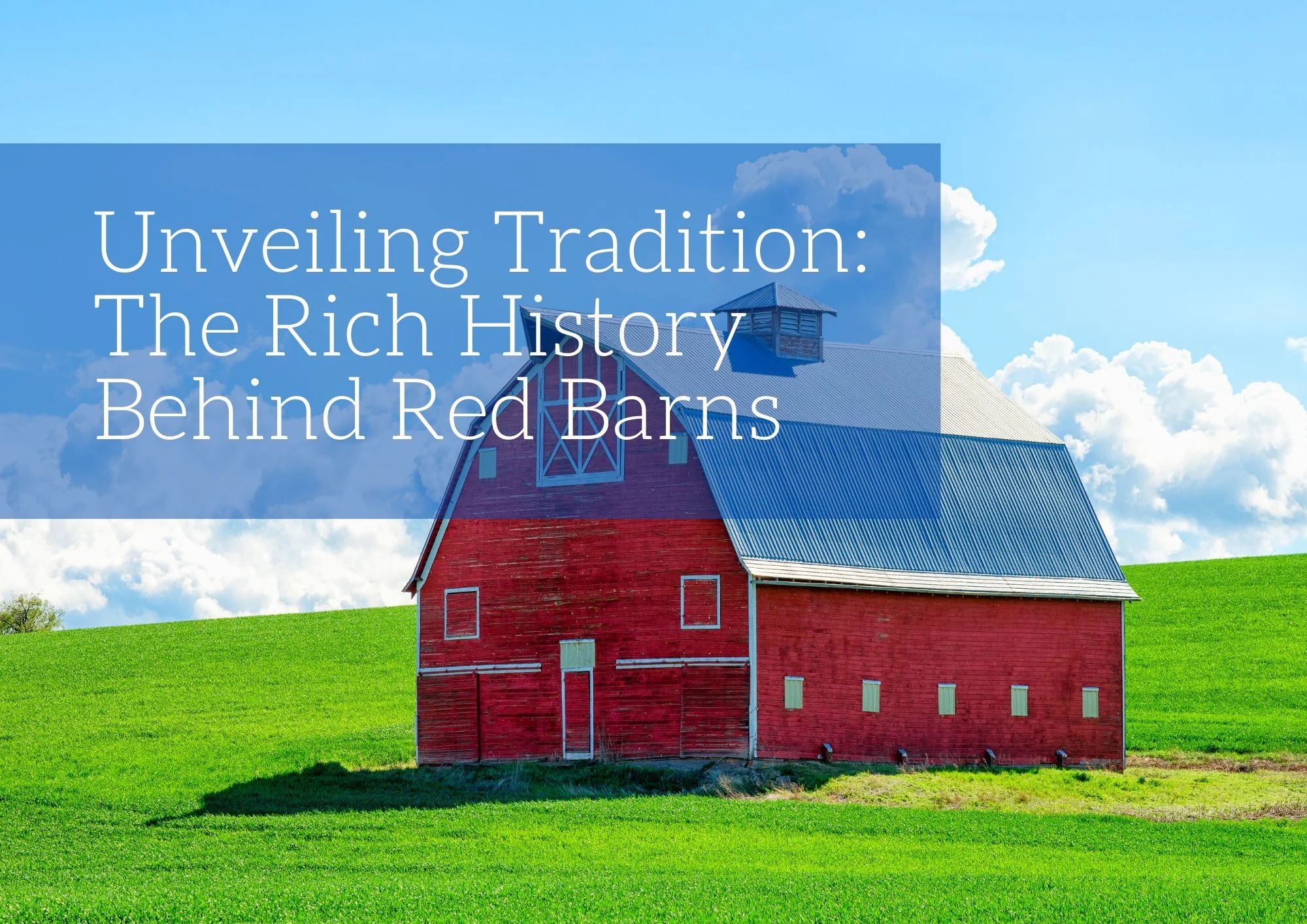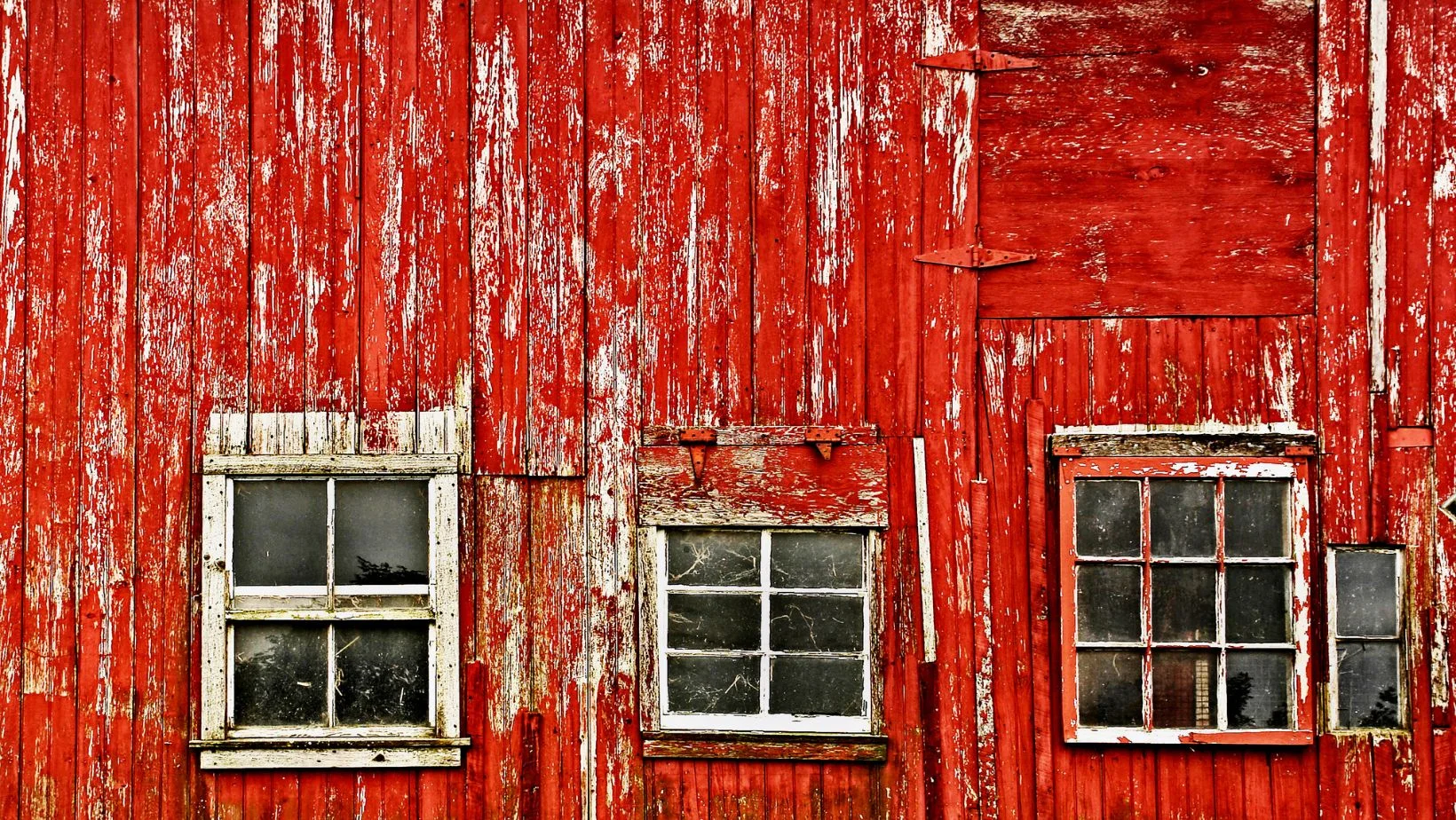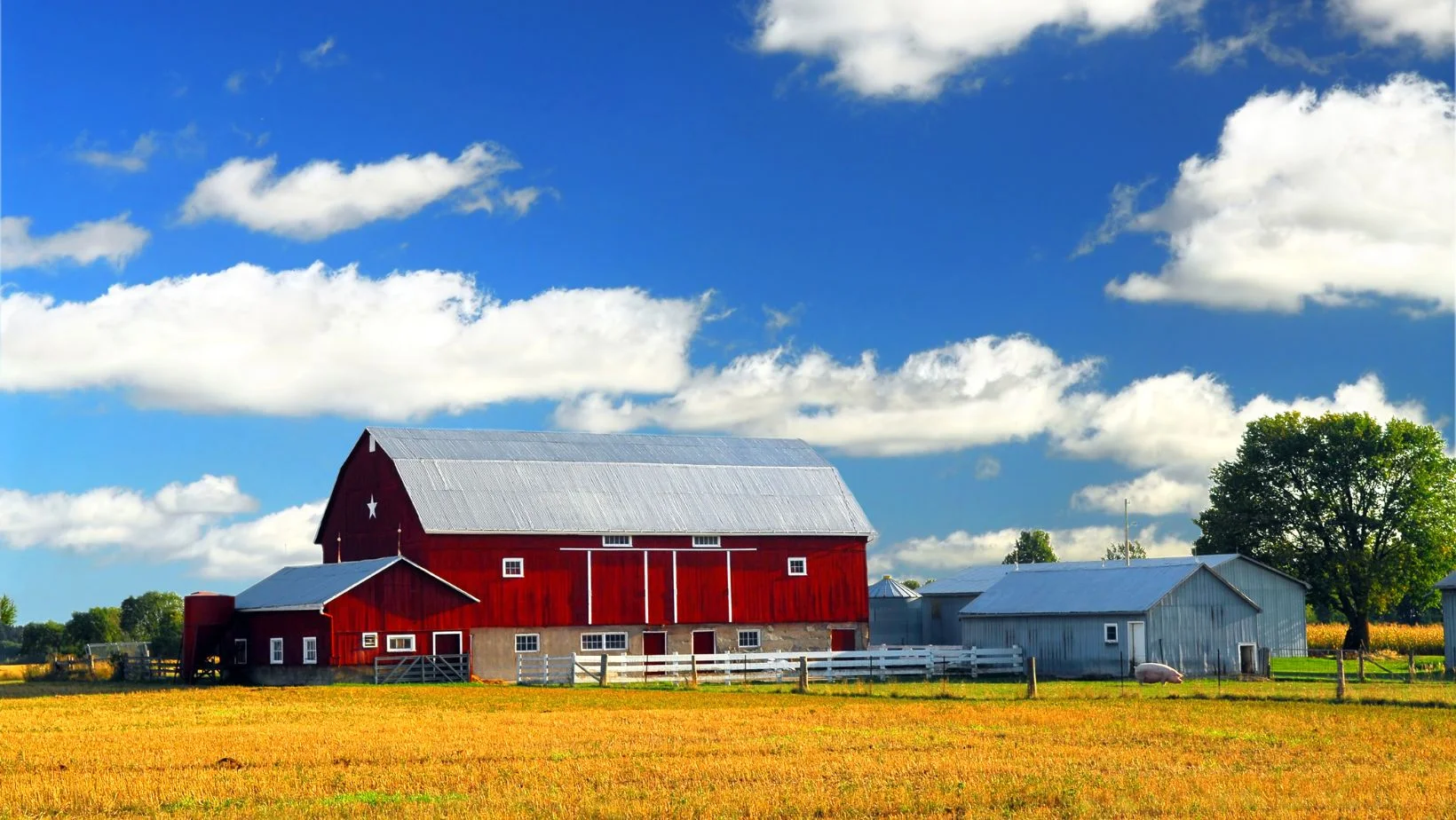Have you ever stumbled upon a red barn tucked away in the countryside and wondered how it came to be so vibrantly colored? The answer is in the long and rich history of American farming. While we might not associate red barns with any particular style of architecture today, these buildings were once regarded as something akin to the royal crowning jewels of the rural landscape, representing family heritage, success, and culture. Let’s take a trip through time and discover the intriguing story of red barns.
Why Are Barns Painted Red?
For generations, red has reigned supreme as the barn color of choice. The lasting appeal of this lively shade finds its origins in a fascinating history of practicality. Back in colonial times, the beloved red barns that have become an iconic image were born out of sheer necessity, rather than a mere pursuit of visual appeal.
The History Behind Red Barns
Across generations, farmers have upheld the tradition of giving barn wood a protective coat. These barns held immense significance for early American settlers, serving as crucial havens for their livestock and tools, especially during the unforgiving winters of the Northeast. Recognizing their pivotal role, farmers took measures to shield these barns from the elements. Applying a protective seal to the exteriors was one effective method they employed to protect the wood of these vital structures from the weather’s relentless impact.
Early frontier farmers relied on a blend of linseed oil, skimmed milk, lime, and red iron oxide to seal their barns, a concoction designed to secure these structures against the elements. It’s worth noting that linseed oil, which comes from the flax plant, naturally carries a unique orange hue. However, the iconic barn-red doesn’t come from this oil. So, where exactly did these timeless red-painted barns get their appearance from?
The Effect of Iron Oxide
An intriguing explanation for the prevalence of red barns lies in the use of iron oxide, commonly known as rust, incorporated into the sealant mixture. The widespread presence of iron oxide on most farms made it a readily accessible ingredient.
By applying an iron oxide-infused mixture over bare wood, farmers could effectively ward off the growth of fungi and mosses on barn surfaces. The rust component acted as a deterrent, preventing the emergence of these common barn-deteriorating agents. This innovative practice not only extended the lifespan of barn wood boards, reducing the need for frequent replacements, but it also gave them a striking visual appeal. The outcome was a captivating red color that became a hallmark of these rustic structures.
Why Are Barns Painted Red Today?
In a world of modern architectural choices and customizable paints, the ongoing popularity of red barns might raise questions. The answer lies in a deep-rooted tradition. When we envision farms and rural scenes, the classic image of a red barn instantly comes to mind. This tradition has stood the test of time, becoming a symbol of heritage. Despite evolving trends, the red barn embodies a connection to history and the enduring charm of tradition. It’s a reminder that some things remain timeless, capturing the essence of rural life in a way that continues to resonate with us.
To sum it up, delving into the history of red barns reveals a fascinating tale of tradition, practicality, and culture. These barns started as practical structures, but over time, they became iconic symbols of rural life. They’ve witnessed the changes in agriculture and society while embodying hard work and a strong bond with the land. These red barns stand as storytellers of the past, honoring the resilience of farming communities and their impact on shaping our history. So, the next time you pass by a red barn, take a moment to appreciate the rich history it represents.










